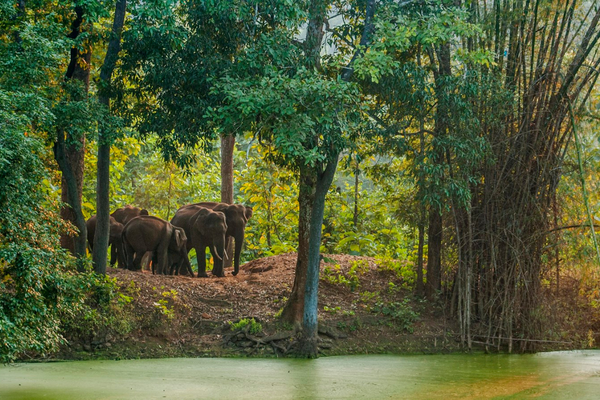The Ministry of Environment recently notified the Captive Elephant (Transfer or Transport) Rules, 2024 for regulations concerning the transfer and transport of captive elephants.
Existing Regulations for Transport of Elephants:
- A set of rules called liberalizes the conditions under which elephants may be transferred within or between States.
- Elephants are a Schedule 1 species according to the provisions of the Wildlife Protection Act, 1972 so they cannot captured or traded under any circumstances.
- But Section 12 of the Act allows Schedule I animals to be translocated for ‘special purposes’ such as education and scientific research.
- They can also be translocated for population management of wildlife without harming any wild animals and collection of specimens for recognized zoos/museums.
- Section 40 (2) of the WPA prohibits the acquisition, possession, and transfer of a captive elephant without the written permission of the Chief Wildlife Warden of the State.
- The 2021 amendment, allowed the transfer of elephants for ‘religious or any other purposes’.
Key Provisions of the New Rules:
- These rules provide new relaxations under which captive elephants can change owners or be transferred.
- These include situations when an owner is no longer in a position to maintain it or when a state’s Chief Wildlife Warden approves a transfer for better upkeep of the elephant.
- Before a transfer within the State, an elephant’s health has to be ratified by a veterinarian, and the Deputy Conservator of Forests shall submit habitat considerations.
- The Chief Wildlife Warden on receipt of such documents may choose to reject or approve the transfer.
- If the transfer involves moving the elephant outside of a State, similar conditions apply but involve orders from donor and recipient states.
- Before a transfer is affected, the “genetic profile” of the elephant has to be registered with the Ministry of Environment, Forest and Climate Change.
- Transportation Guidelines for Elephants includes provisions for mahouts, health certificate, quarantine rules, and regulations followed during the transportation.
Ref:Source
| UPSC IAS Preparation Resources | |
| Current Affairs Analysis | Topperspedia |
| GS Shots | Simply Explained |
| Daily Flash Cards | Daily Quiz |



